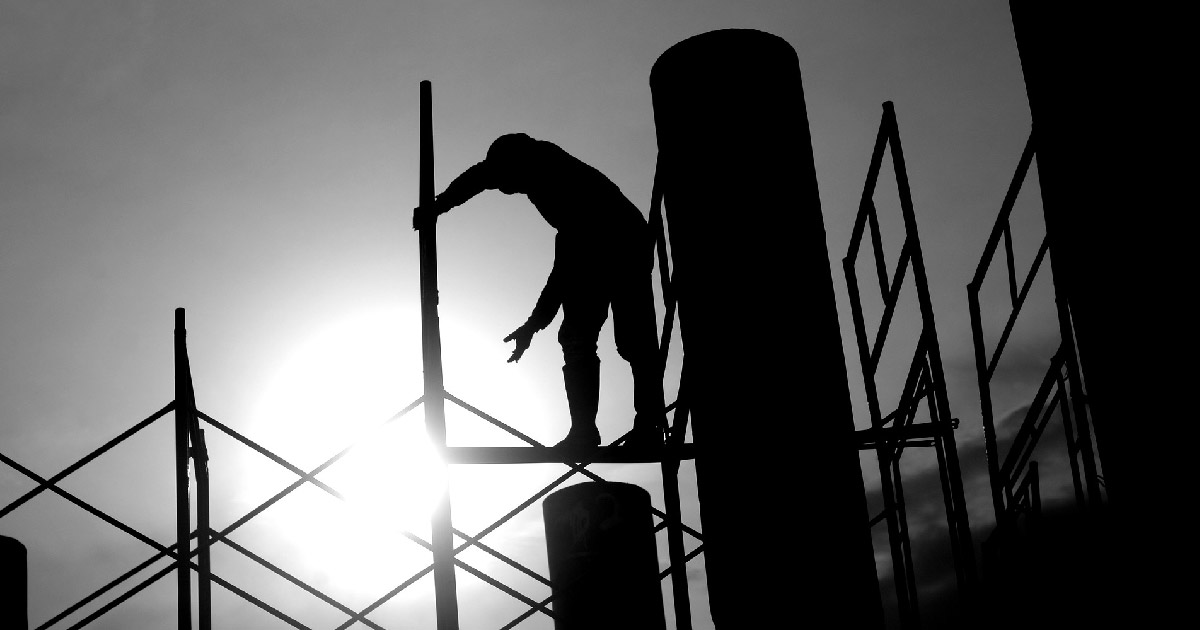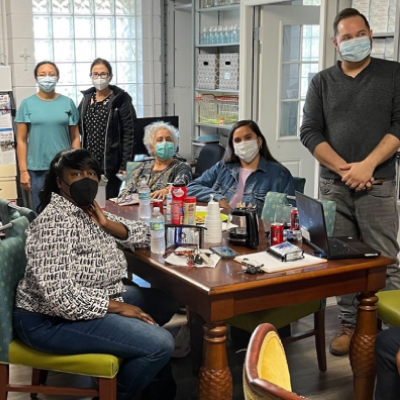- Who We Are
- Clinician Employment
- Publications
- Witness to Witness (W2W)
- Kugel & Zuroweste Health Justice Award
- Your Voice Matters: Photovoice Project
Mon, 04/29/2019 | by Katherine Kruse


In June 2018, 24-year-old Mexico native Miguel Angel Guzman Chavez collapsed while picking tomatoes in a field in Colquitt County, Georgia. At the time that he fell ill, the temperature in fields was 95 degrees with a heat index of 104 degrees. After being in the United States for just one week, the young man suffered extreme heat exhaustion, which later escalated into heat stroke, cardiac arrest, and death.
What is it like to risk one’s life just to go to work every day? Each year, an estimated 5,000 workers are killed on the job from preventable incidents, and even more suffer workplace injuries and illnesses, some of which will last a lifetime. Yesterday, as part of Workers’ Memorial Day observed each year on April 28, organizations around the globe came together to raise awareness of the importance of promoting health and safety in the workplace, and to honor workers who have lost their lives on the job.
When considering the health and safety of those who work in high-risk occupations, it is crucial to recognize that a large portion of these jobs are held by Latinx immigrant workers, who represent a population that is particularly vulnerable to workplace injury and death. In fact, foreign-born workers are more likely to die on the job than workers born in this country. In 2017 alone, 927 immigrant workers died from acute trauma on the job, and 903 of those fatalities were members of the Latinx community. Factors such as language and cultural differences, inadequate training, and discrimination put these workers at increased risk for occupation-related injuries and illnesses. These barriers are the difference between life and death for far too many immigrants working in the United States.

Individuals, like Miguel Chavez, who work in high-risk industries face serious hazards such as working with heavy machinery, arduous physical labor, chemical exposure, and extreme heat, all of which can result in injury and death on the job. While job training, personal protective equipment, and close attention to workplace safety protocol play important roles in staying safe on the job, self-accountability can only go so far in protecting oneself from injury and death. Heat, for example, is the leading cause of weather-related deaths, yet only a handful of states have regulatory standards and there is no national standard that requires employers to implement heat stress prevention programs. In the case of Miguel Chavez, toiling in the tomato fields of Georgia with little to no knowledge of the dangers of extreme heat, who is protecting him? It takes the human body about two weeks to acclimate to drastic changes in temperature or climate, but some workers don’t have that long. Meanwhile, climate change futhers the vulnerability of these outdoor workers.
Here at MCN, Workers’ Memorial Day serves as a reminder for why we do our work. From promoting worker safety through the education of clinicians and Community Health Workers, to advocacy in favor of stronger worker protection standards, we are committed to health equity and eliminating health disparities among the immigrant population. And not one worker should die on the job. For Workers’ Memorial Week, MCN joined over 100 organizations in signing a letter to the Occupational Safety and Health Organization (OSHA) that calls for a heat stress standard that would hold employers accountable for the protection of current and future workers from heat-related illness.
Miguel Chavez had only been in the United States for a week when he passed. Would his story be different if there was an enforceable heat regulation in the United States? This week, join MCN in our efforts to both fight for a safe workplace and honor the workers who have died from preventable workplace incidents.
What can you do honor those who have lost their lives on the job?
Stay updated on current events
- AFL-CIO’s Workers Memorial Day Toolkit
https://aflcio.org/sites/default/files/2019-04/WMD_2019_Toolkit_NOBUG.pdf - NCOSH’s Dirty Dozen Report
http://nationalcosh.org/sites/default/files/uploads/2019_Dirty_Dozen.pdf
Learn about workplace hazards and how to be safe on the job
- MCN’s resources on Environmental and Occupational Health
https://www.migrantclinician.org/toolsource/227/environmental-and-occupational-health/index.html
Like what you see? Amplify our collective voice with a contribution.
Got some good news to share? Contact us on our social media pages above.
Return to the main blog page or sign up for blog updates here.







